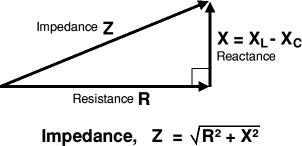Originally posted by bistander
View Post
Anyway , you should know that some people just will answer you...keep on reading between lines. You have to think out of the box...
Figuera wrote "resistance" , and in my view this is very different to "reactance", although it may also work, even with less losses. But it is not what it is written in the patent.


Note also that the cylinder is said to be " of an insulating material".

 . Well, what everyone just call a commutator to connect the different resistance pieces.
. Well, what everyone just call a commutator to connect the different resistance pieces.






Leave a comment: